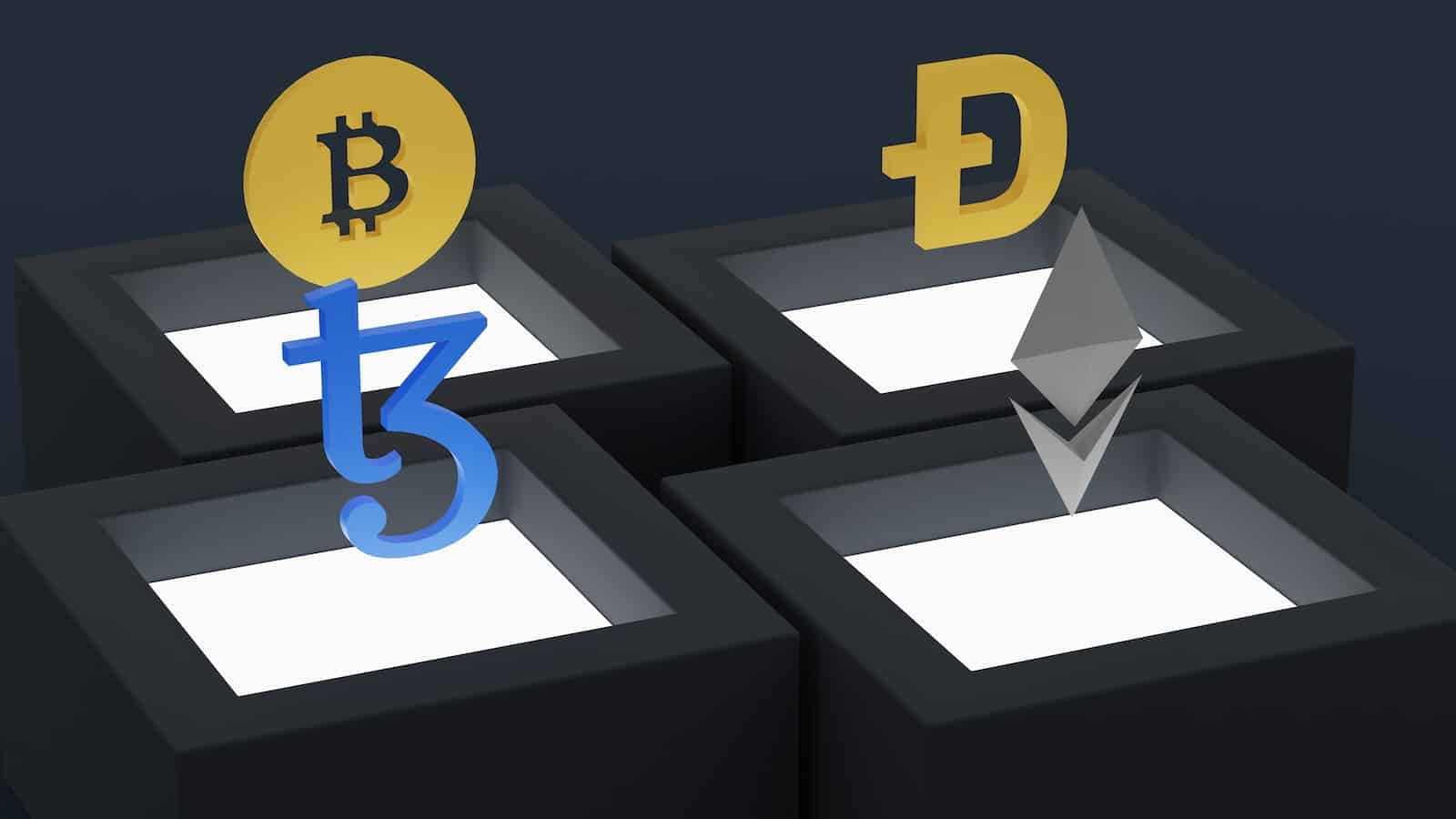Table of Contents
Fake Cryptocurrencies
Fake cryptocurrencies are the first category of phony in digital money. Usually, they are coins or tokens that make a claim to value or a purpose but are completely useless. They are produced by con artists who employ phony marketing campaigns, whitepapers, and websites to entice naive investors. Investors may find it challenging to discern between legitimate and phony cryptocurrencies since false cryptocurrencies frequently have names and logos like those of legitimate cryptocurrencies. Although it can be challenging to recognize fake cryptocurrencies, there are some warning flags that investors should be aware of, including guarantees of returns, a lack of transparency, and unsubstantiated claims about the technology or team behind the project. If you are looking for a safe and secure trading platform for Bitcoin, you may also consider knowing about the immediate-edge
False cryptocurrency exchanges
Fake crypto exchanges are the second form of phony in digital currency. These websites or online marketplaces pose as places where people may buy, sell, and exchange cryptocurrencies but are essentially frauds meant to take money from unsuspecting people. False exchanges frequently employ aggressive marketing strategies to draw consumers, like lowering costs or guaranteeing more significant investment returns. The con artists behind the bogus exchange may vanish once users deposit their money, leaving them unable to access their accounts. Investors should do due diligence before depositing money on a cryptocurrency exchange to prevent being a scam victim, including reading reviews and confirming the exchange’s regulatory status. Also, they must be careful of exchanges that demand significant deposits or have absurdly cheap costs.
Fake ICOs
False initial coin offers are the third kind of fakes in digital currency. Blockchain firms use ICOs as a crowdfunding campaign to raise money for their initiatives. Unfortunately, some con artists have begun to con investors by employing phony ICOs. They fabricate false websites, whitepapers, and social media profiles to market their fictitious projects and persuade investors to make financial contributions. Once the con artist has amassed sufficient money, they vanish, leaving investors with useless tokens. Investors should do due diligence to prevent being duped by a false ICO by learning about the project team and their prior work, studying the whitepaper and project roadmap, and confirming the ICO’s regulatory status.
Fake Wallets
In the digital currency world, phony wallets are the fourth category of fake. Digital assets are stored and managed via cryptocurrency wallets, and con artists have produced phony wallets to steal customers’ money. These counterfeit wallets may be advertised via fake websites or social media accounts, and their names and emblems frequently resemble those of genuine wallets. Once a user deposits money into a false wallet, the con artist may transfer it to their wallet or vanish. Therefore, users should only download wallets from reliable sources, such as the official website of the cryptocurrency they want to store, and always double-check the website’s or app’s spelling and format. This will help them avoid falling for phony wallets.
How to Identify Fake Digital Money
Investors in the cryptocurrency sector must be able to recognize phony digital currency. Guaranteed returns, unsubstantiated claims about the technology or people behind the initiative, and a lack of transparency are some red flags to watch out for. Furthermore, avoid projects with arbitrary deadlines or goals and those that lack a clear use case for their token. Investors should also perform due diligence by learning more about the project team and their prior endeavors, studying the whitepaper and roadmap, and confirming the project’s regulatory status. By adopting these steps, investors can lower their risk of falling for one of the numerous fakes that exist in the realm of digital currency. Investors should think about adopting tools if they want to safeguard themselves against the different fakes that exist in the realm of digital currency.
Conclusion
In conclusion, there are many different kinds of fakes in the field of digital currency, including fake wallets, false ICOs, fraudulent crypto exchanges, and fake cryptocurrencies. These ruses are intended to deceive investors and take their money. Investors should exercise caution, be suspicious of guarantees of profits, and only use trusted exchanges and wallets to avoid being a victim of these frauds. Furthermore, investors should never divulge their private keys or seed phrases to anyone and should be wary of deals that seem too good to be true. Investors can safeguard themselves against the numerous forms of fakes in digital currency by adopting these steps and exercising prudence.
